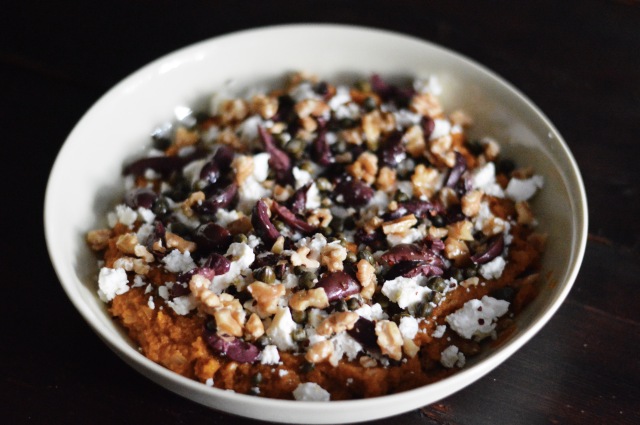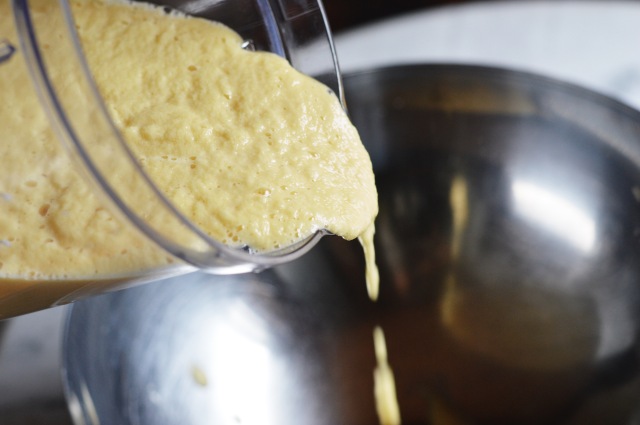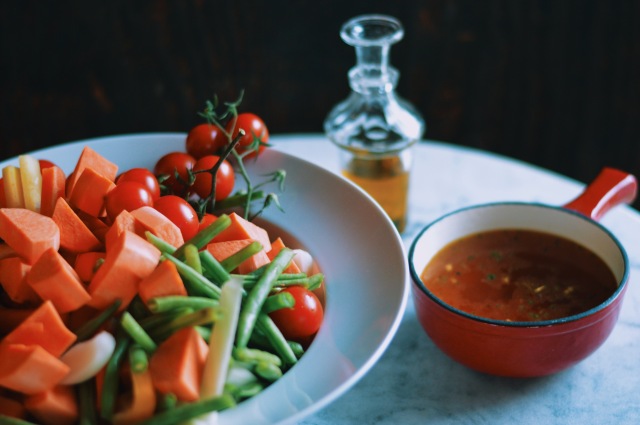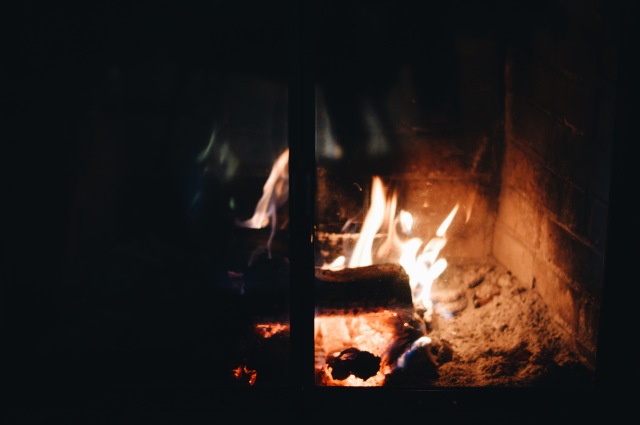
This past weekend, we celebrated my husband and his twin sister’s birthday along with my beautiful mother-in-law and a couple of dear friends in Basel. Since I moved to Switzerland over 6 years ago, visiting my sister-in-law has always been a special treat for me and has become a bit of a monthly ritual. We always arrive on a Saturday afternoon and everytime we walk into her house, we are always greeted with so much love, the most beautiful flower arrangements and of course wonderful food, wine and company. What makes these weekends even extra special is that we spend most of our time in the kitchen, where we always cook together, enjoy delicious food and simply have a great time together. And on Sundays, our routine is to start off with a homemade brunch that always includes soft-boiled eggs since my sister-in-law is the master and then a Sunday stroll to the zoo or a museum.

I decided to make this Morrocan-inspired Carrot dip for this occasion because of course, there is always an apero to start the evening and I was just recently introduced to this dish a few weeks ago when we were invited to some friends’ house for dinner. This dip was so good that I have made my own version of it 3 times in the last 3 weeks… This recipe is very easy and the combination of carrots, cumin and feta is just delicious!









INGREDIENTS (approx. 6 servings)
6-7 carrots
1 medium-sized white onion
2 tbsp (30 ml) plus 1/4 cup (60 ml) extra virgin olive oil
6 garlic cloves
1 tsp (6 g) salt
2 tbsp (30 ml) balsamic vinegar
1 tbsp (6 g) ground cumin
1 squirt of harissa (optional and more/less to your heat liking)
1 packet of good feta cheese (7 oz. or 200g; break into crumbled pieces with your hands)
handful of Kalamata olives (pitted and sliced)
small handful of capers
small handful of chopped raw walnuts
a sprinkle of Pul Biber (optional or you can add normal crushed red pepper flakes)
INSTRUCTIONS
- Peel 6-7 carrots and slice them approx. 1/4 inch thick.
- Place sliced carrots in a medium-sized saucepan and add water until all the carrots are fully covered. Boil until the carrots are tender (15 minutes or so).
- Finely chop the white onion and saute in 2 tsbp olive oil on medium-high until transluscent. Add in 3 chopped garlic cloves and stir for about 30 seconds and then set aside.
- Once the carrots are tender, drain the water and place carrots into a food processor. Add in the sauteed onion and garlic, 1/4 cup olive oil, salt, balsamic vinegar, ground cumin, harissa and 3 remaining whole garlic cloves. Blend on high until the mixture is silky and smooth.
- Spread the carrot puree onto a platter and top with crumbled feta, sliced kalamata olives, capers and walnuts. Sprinkle some Pul Biber on top and a last drizzle of good quality extra virgin olive oil.
- Serve with crackers, flat bread, baguette slices, or pita bread slices.
NOTES
- Buy good quality feta cheese and I prefer to buy the block of feta and then hand crumble it myself.























































































